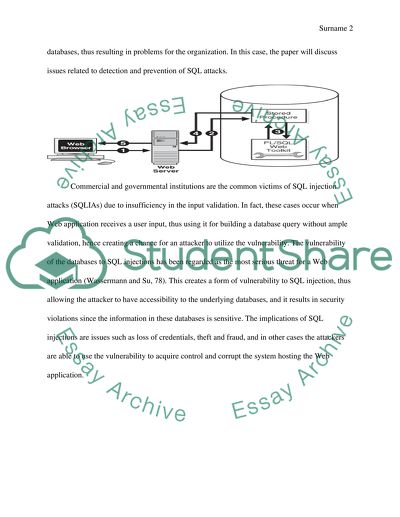Cite this document
(“Methods of Identifying and Preventing SQL Attacks Research Paper”, n.d.)
Methods of Identifying and Preventing SQL Attacks Research Paper. Retrieved from https://studentshare.org/information-technology/1458887-methods-of-identifying-and-preventing-sql-attacks
Methods of Identifying and Preventing SQL Attacks Research Paper. Retrieved from https://studentshare.org/information-technology/1458887-methods-of-identifying-and-preventing-sql-attacks
(Methods of Identifying and Preventing SQL Attacks Research Paper)
Methods of Identifying and Preventing SQL Attacks Research Paper. https://studentshare.org/information-technology/1458887-methods-of-identifying-and-preventing-sql-attacks.
Methods of Identifying and Preventing SQL Attacks Research Paper. https://studentshare.org/information-technology/1458887-methods-of-identifying-and-preventing-sql-attacks.
“Methods of Identifying and Preventing SQL Attacks Research Paper”, n.d. https://studentshare.org/information-technology/1458887-methods-of-identifying-and-preventing-sql-attacks.


